1. A Gallon of Gas
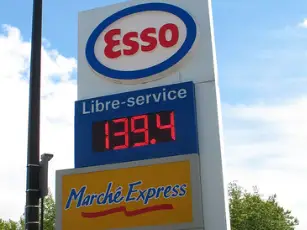
Back in the ’70s, a single dollar could actually buy you a full gallon of gas, which made road trips, daily commutes, and Sunday drives much more affordable. In the early part of the decade, gas prices hovered well below a buck per gallon, and even during the mid-to-late ’70s, when prices rose due to the oil crisis, you could still stretch your fuel budget pretty far. Gas stations were full-service, meaning an attendant would pump your gas, check your oil, and even clean your windshield while you sat comfortably in your car. The idea of spending less than $10 to fill an entire tank sounds almost unbelievable today, but back then, it was just the norm says TitleMax.
Fast-forward to today, and gas prices have skyrocketed, fluctuating between $3 and $5 per gallon, depending on the location and economy. In some cities, especially in California, prices regularly exceed $5, making a full tank cost well over $50. Factors like inflation, global oil supply issues, and increased demand have driven costs higher than most people in the ’70s could have ever imagined. If you had told a driver back then that they’d one day be paying more for a single gallon than they used to pay for a full tank, they probably would have laughed. Gas was cheap, cars were big, and road trips were a carefree luxury rather than a financial burden.
2. A Pack of Baseball Cards
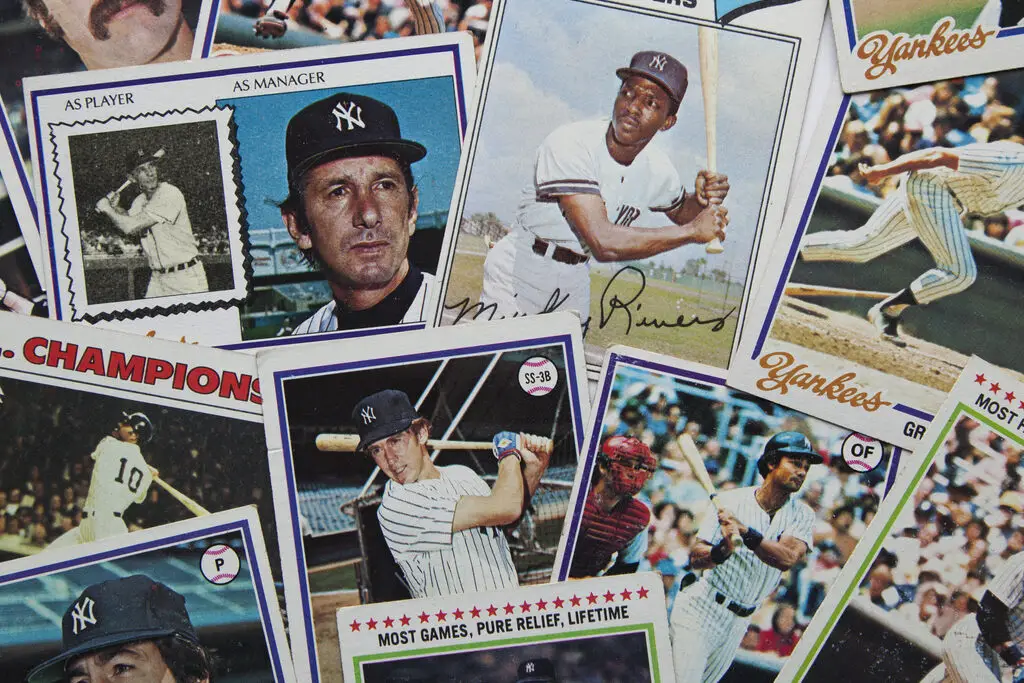
In the ’70s, walking into a corner store with a dollar meant you could walk out with multiple packs of baseball cards, each containing a few cards and that rock-hard stick of gum. Collecting cards was a huge hobby, with kids trading them during lunch breaks and after school, hoping to complete their sets or get their hands on their favorite players. It wasn’t uncommon to see shoe boxes full of these cards stuffed under beds or in closets, as they were seen as fun collectibles rather than valuable investments. Many kids would flip through them absentmindedly or even use them in games, not realizing that some of those little cardboard rectangles would be worth a fortune decades later shares the Cardboard Connection.
Today, a single pack of new baseball cards can easily cost $5 or more, and if you’re looking at vintage packs from the ’70s, they can run you hundreds of dollars. Individual cards from that era, especially rookie cards of legendary players like Mike Schmidt or George Brett, can fetch thousands if they’re in mint condition. The rise of online auctions and sports memorabilia collectors has driven up prices, turning what was once a casual pastime into a high-stakes market. If only more kids had kept their cards in protective sleeves instead of rubber bands, they might be sitting on small fortunes now!
3. A Movie Ticket
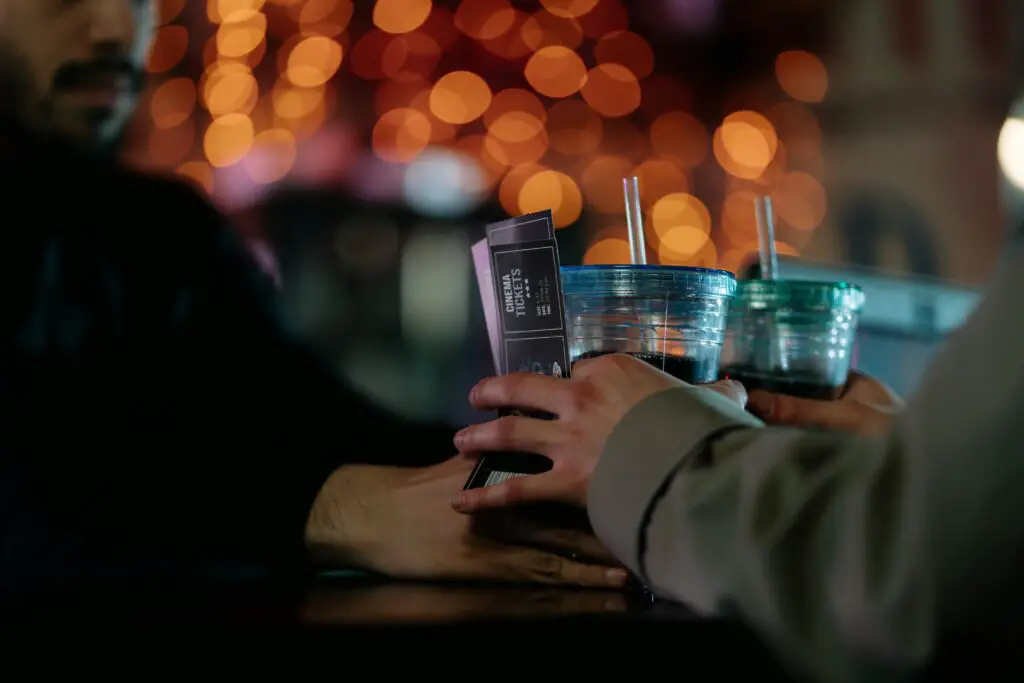
Going to the movies was a cheap and easy form of entertainment in the ’70s, with tickets averaging around a dollar at most theaters. Whether you were heading out to see Jaws, Star Wars, or Rocky, you didn’t have to worry about breaking the bank. Matinee prices were even cheaper, making it easy for kids to spend their weekends watching the latest flicks. Theaters were often packed, and seeing a movie on the big screen was the go-to activity for date nights, family outings, and solo escapes explains Yahoo Finance.
These days, you’re lucky if you can find a ticket for under $10, and in some premium theaters, prices climb even higher. Add in snacks, and you’re easily spending $20 to $30 per person for a night at the movies. Theaters have tried to justify the high costs with reclining seats, luxury screens, and gourmet concessions, but many people now prefer to wait for films to hit streaming services. What used to be an affordable weekly outing has turned into an occasional splurge for most moviegoers.
4. A Vinyl Record Single
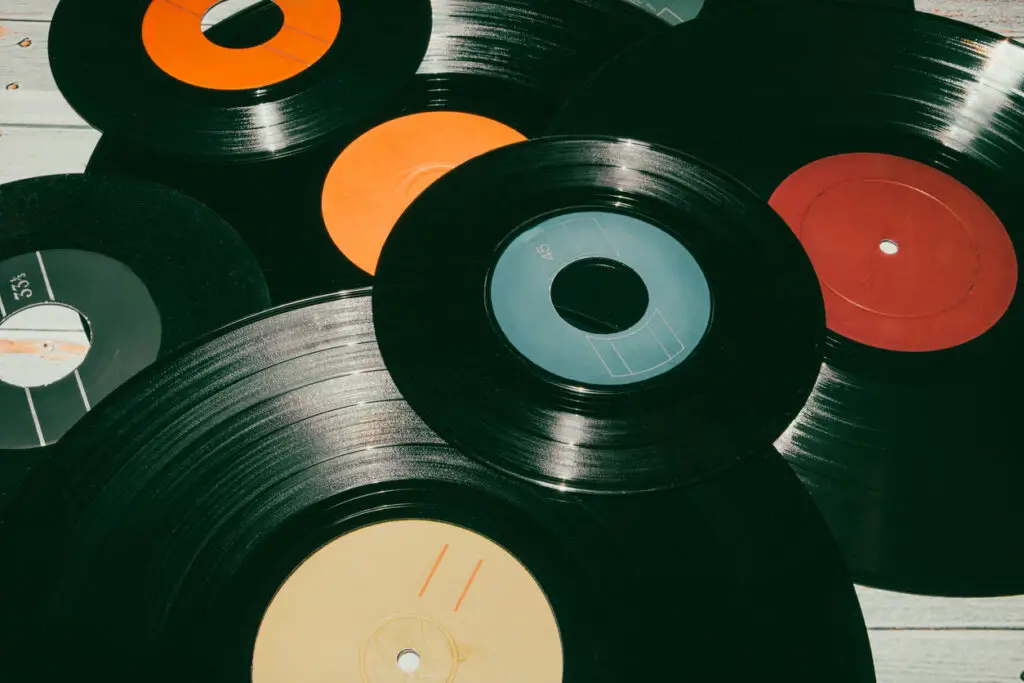
Music lovers in the ’70s could walk into a record store and pick up a 45 RPM vinyl single for about a dollar, which made collecting new tunes easy and fun. These small records were the perfect way to own the latest hit without spending money on a full album. If you had a favorite song on the radio, you could just buy the single and play it over and over again on your turntable. It was a thrill to flip through the racks at the local record shop, discovering new artists and swapping recommendations with friends.
Today, vinyl records have made a huge comeback, but they’re far from cheap. New releases cost around $30, and rare or vintage pressings from the ’70s can sell for hundreds of dollars. Some limited-edition records are even treated like collector’s items, driving prices into the thousands. What was once an affordable way to enjoy music has now become a pricey hobby, proving that nostalgia comes at a cost.
5. A Fast Food Burger
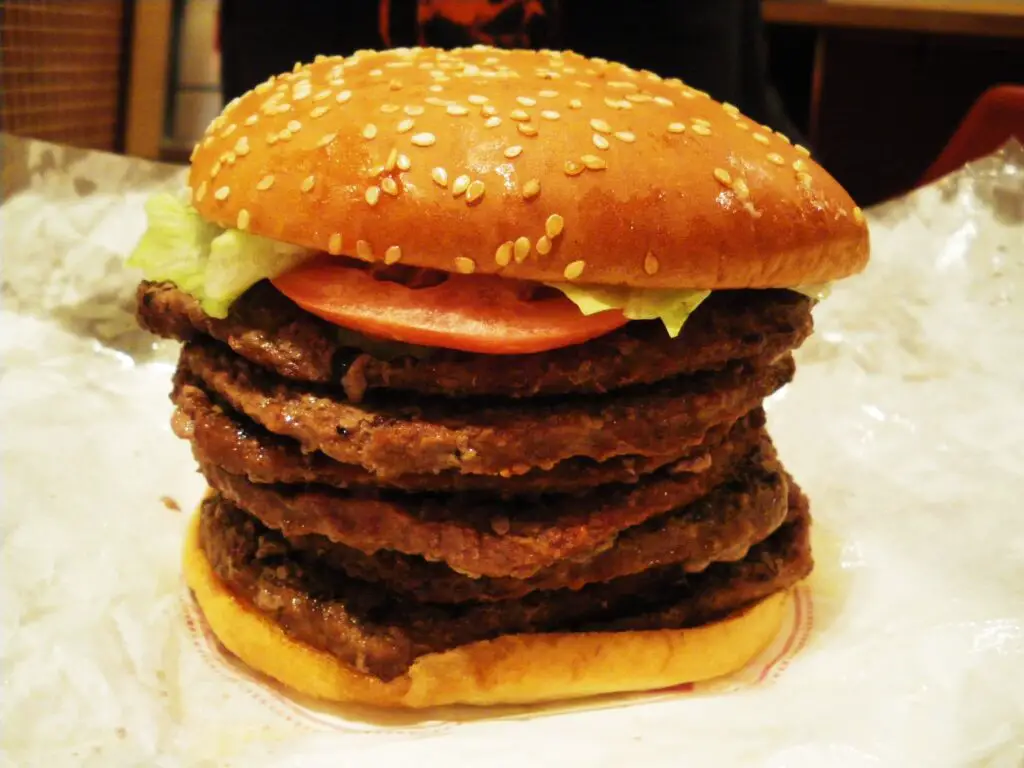
In the ’70s, a simple fast food burger cost about a dollar, making it an easy and affordable meal option. A trip to McDonald’s or Burger King meant you could grab a burger, fries, and a drink for just a few bucks. Families on a budget could treat themselves to fast food without feeling guilty about spending too much. Drive-thrus were becoming more popular, making it even more convenient to grab a quick meal on the go.
Nowadays, a basic cheeseburger at most fast-food chains costs at least $3, and a full meal can easily hit the $10 mark. Fast food prices continue to rise, with menu items getting smaller while prices go up. Many people find themselves reminiscing about the days when a dollar could actually buy something filling. That cheap, casual meal from the past now feels more like a luxury purchase.
6. A Pound of Coffee

A dollar in the ’70s could buy you a whole pound of coffee, enough to make dozens of cups at home. Coffee brands like Folgers and Maxwell House were household staples, and people brewed their morning cup without thinking twice about the cost. It was a time when most folks made coffee at home instead of relying on expensive café drinks.
Now, a pound of coffee can easily cost $10 to $20, especially for premium or organic blends. Specialty coffee shops charge upwards of $5 for a single cup, making it more expensive than an entire pound used to be. Coffee has gone from a basic necessity to a high-priced indulgence.
7. A Dozen Eggs
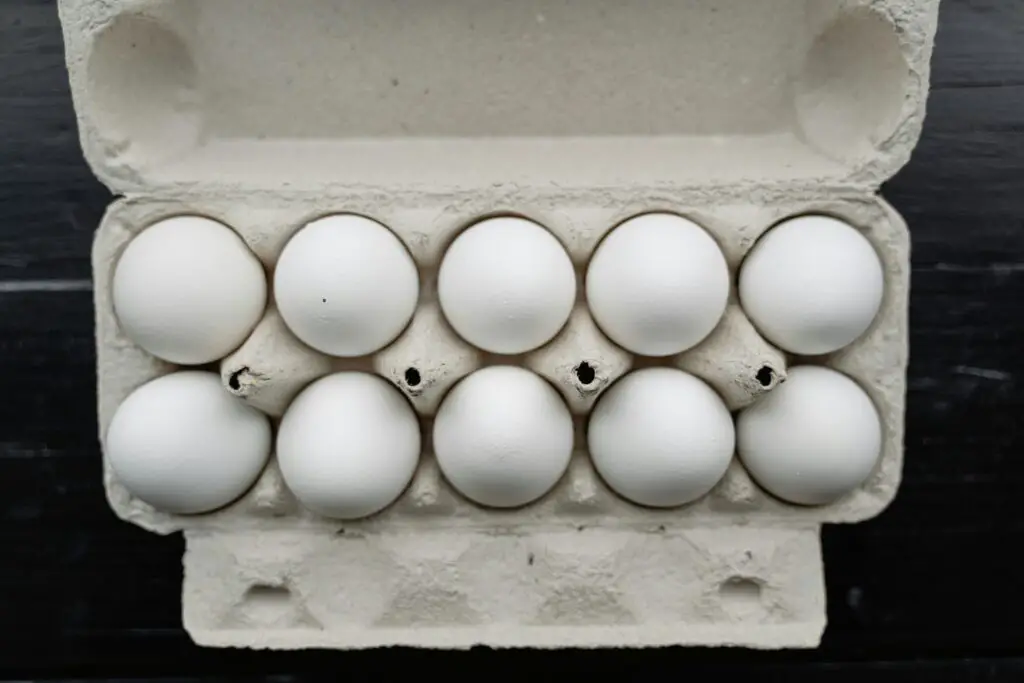
Eggs were an inexpensive grocery staple in the ’70s, with a dozen costing about a dollar. Whether you were making breakfast, baking, or whipping up a casserole, eggs were an affordable and versatile ingredient. Families could rely on them as a cheap source of protein.
These days, egg prices fluctuate, sometimes costing $4 or more per dozen. Supply chain issues and inflation have driven costs up, making eggs more expensive than they’ve been in decades. What was once a grocery store bargain is now a budget concern for many shoppers.
8. A Paperback Book
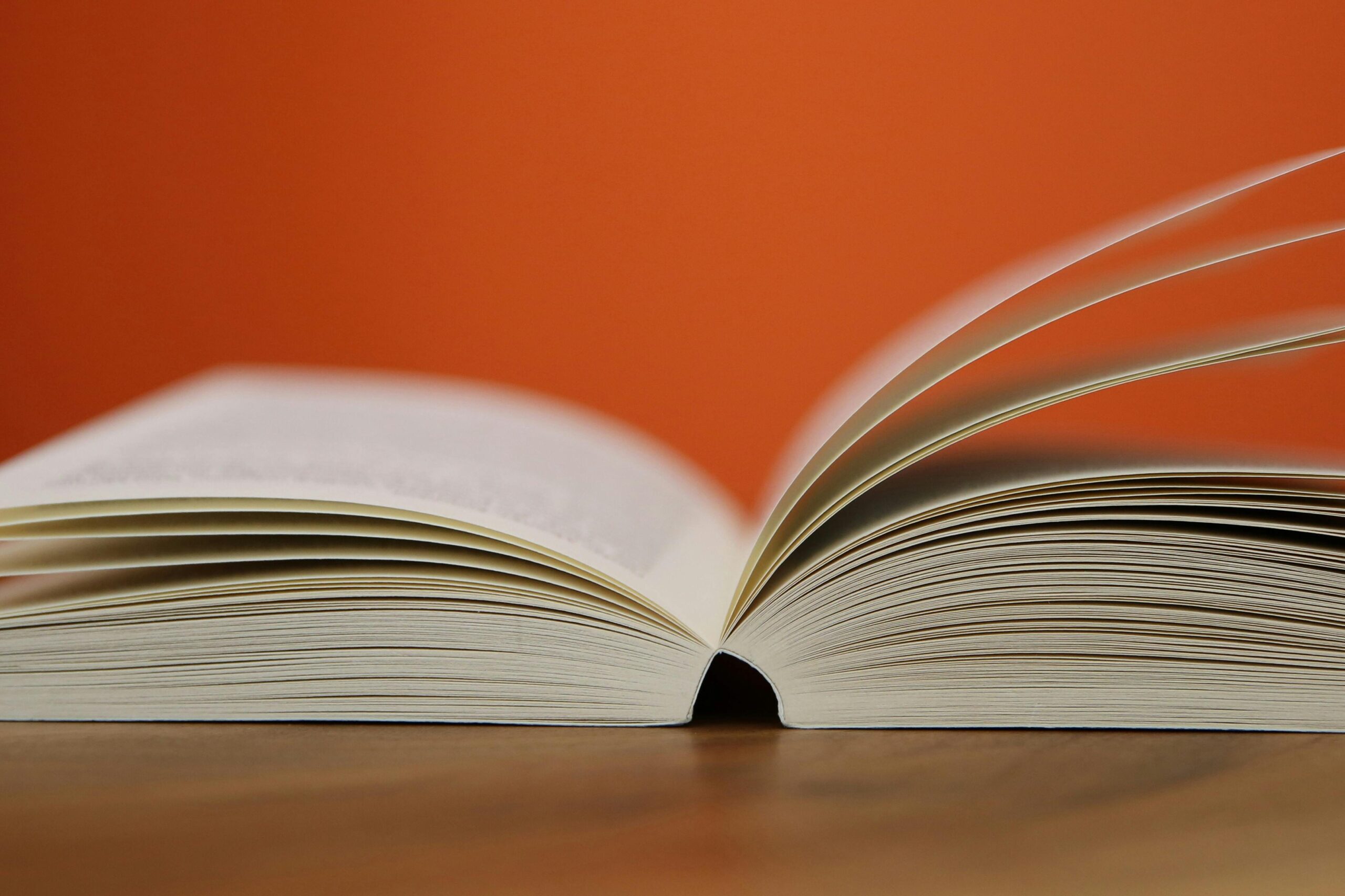
A dollar in the ’70s could get you a brand-new paperback book, perfect for an afternoon of reading. Bookstores were filled with affordable options, and paperbacks were an easy way to enjoy a new story. Whether you loved mysteries, romance, or sci-fi, there was always something to pick up.
Today, paperbacks cost anywhere from $10 to $20, with some bestsellers priced even higher. Even used books can be pricey, making reading a more expensive hobby. That one-dollar novel from the past is now a rare find.
9. A Pack of Cigarettes
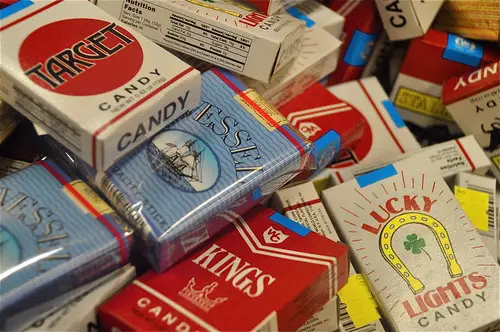
In the ’70s, a pack of cigarettes cost around a dollar, making smoking an inexpensive habit for many. Cigarette ads were still common, and smoking was allowed in restaurants, offices, and even airplanes. Many people didn’t think much about the health risks, and cigarettes were a routine part of daily life. A dollar could get you a full pack of your favorite brand, whether it was Marlboro, Camel, or Lucky Strike.
Today, cigarette prices have skyrocketed, with a single pack costing anywhere from $8 to $15, depending on the state. Higher taxes and increased regulations have made smoking a far more expensive habit. In some places, a carton of cigarettes can cost over $100, something unimaginable to smokers in the ’70s. The affordability of cigarettes back then likely contributed to their popularity, but today, they’re considered both costly and harmful.
10. A Bottle of Coca-Cola
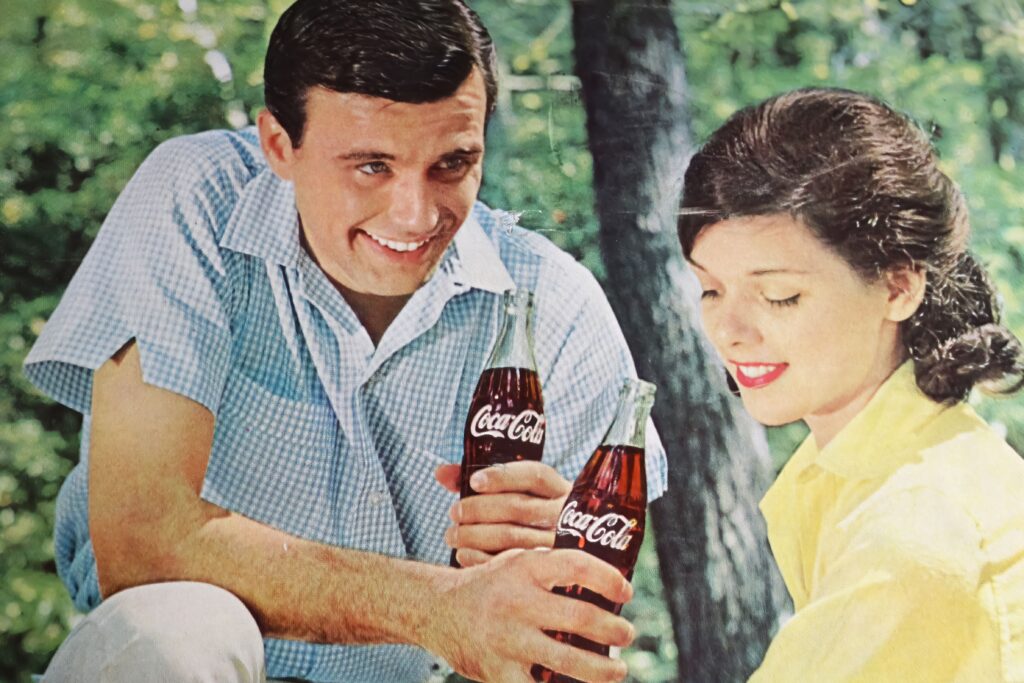
A cold bottle of Coca-Cola in the ’70s would set you back about a dollar, sometimes even less. Glass bottles were still popular, and vending machines were stocked with sodas that required just a few coins. Whether you grabbed one at a gas station, a diner, or a corner store, soda was a cheap and refreshing treat. Many people still remember the sound of the bottle cap popping off and the crisp taste of an ice-cold Coke on a hot day.
Now, a single bottle of Coke can cost $2 or more, and a six-pack runs well over $5. With inflation, packaging changes, and shifting consumer habits, soft drinks have become much more expensive. Even fountain drinks at fast-food restaurants have risen in price, making what was once an affordable pleasure a pricier indulgence. It’s hard to believe that what used to cost pocket change now takes a noticeable chunk out of a grocery budget.
11. A Box of Cereal
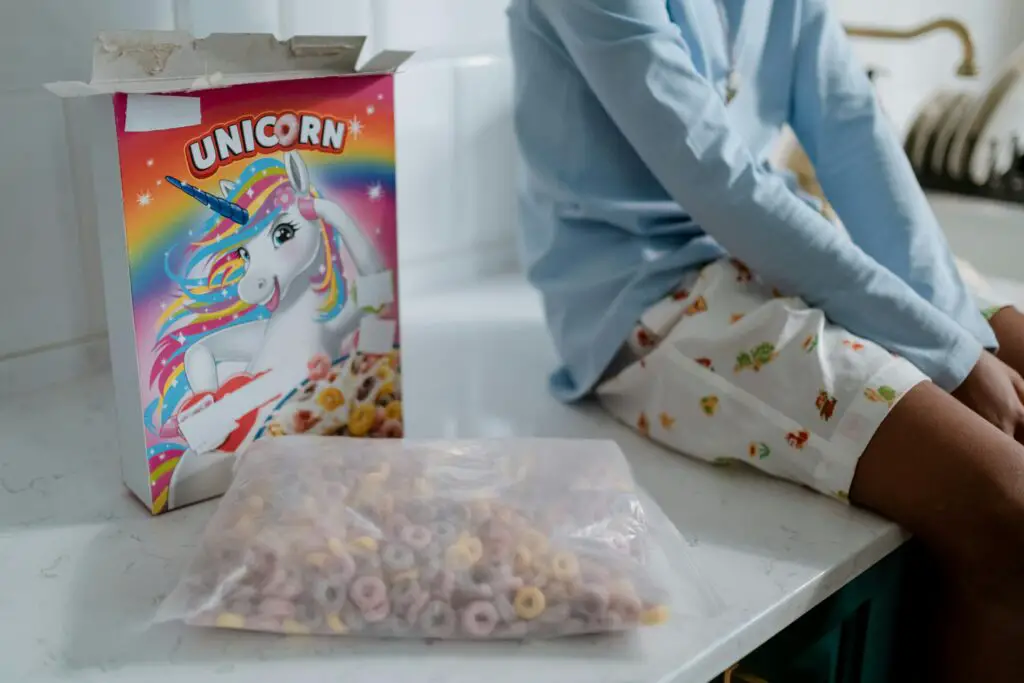
In the ’70s, a dollar could get you a full-sized box of your favorite cereal, making breakfast both affordable and fun. Whether it was Frosted Flakes, Cheerios, or Cap’n Crunch, a quick trip to the grocery store meant you could grab a box without worrying about the cost. Kids looked forward to the colorful packaging, toy prizes inside, and sugary goodness that made mornings exciting. Cereal was a staple in many households, and families could stock up on multiple boxes for just a few bucks.
These days, a single box of cereal can cost $5 or more, especially for name brands. The prices have steadily risen due to inflation, packaging costs, and shifting food trends. What was once an everyday grocery item has become an expensive choice, with many people opting for cheaper breakfast options instead. If only we could go back to the days when a dollar could get you a whole box of Saturday morning nostalgia!
12. A Postage Stamp Booklet
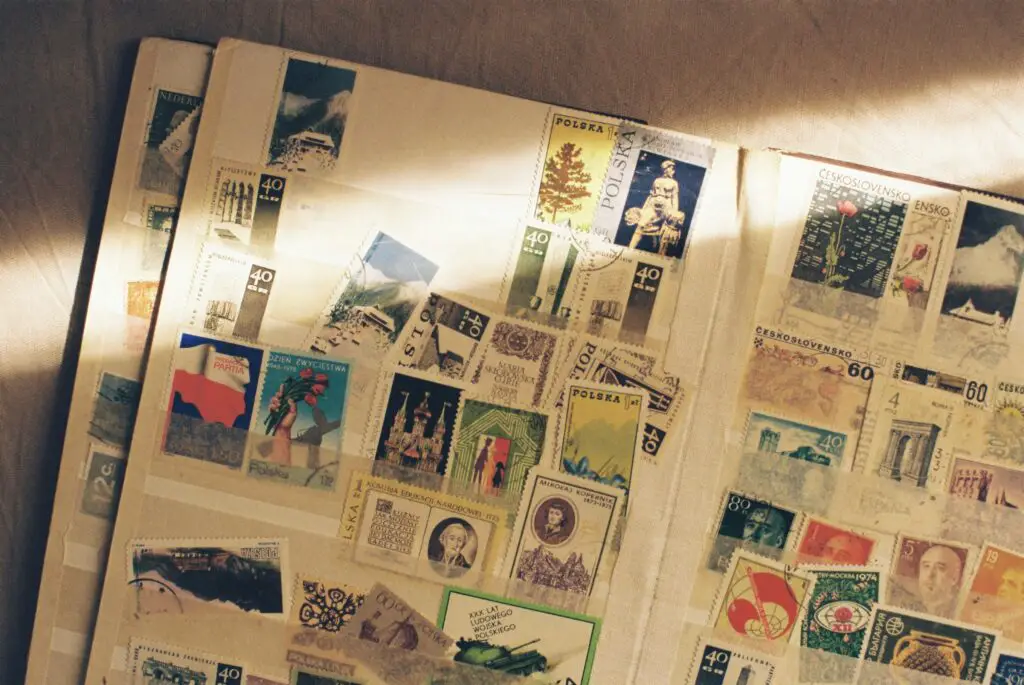
In the ’70s, a dollar could buy a small booklet of postage stamps, making it easy to send letters, pay bills, or mail postcards. Back then, sending mail was a routine part of life, and a few stamps went a long way. Writing letters was more common, and people took the time to send thoughtful notes and holiday greetings. A stamp cost mere cents, and for a dollar, you could stock up for a while.
Now, a single first-class stamp costs over 60 cents, and a full booklet can run you nearly $15. With fewer people relying on traditional mail, postage prices have steadily increased. Many people opt for digital communication instead, avoiding the high cost of stamps altogether. It’s another example of how something small and inexpensive in the ’70s has turned into a surprisingly costly necessity today.
13. A Gallon of Milk

In the ’70s, a gallon of milk cost about a dollar, making it an essential and affordable grocery item for families. Whether you were pouring it over cereal, using it for baking, or just enjoying a cold glass with dinner, milk was a staple in nearly every household. Dairy farming was less industrialized, and prices were relatively stable, meaning milk was easy to budget for. Many people remember the days of glass milk bottles and local dairy deliveries, making fresh milk a common part of daily life.
Now, a gallon of milk can cost anywhere from $3 to $6, depending on where you live and the type you buy. Organic and specialty milks cost even more, sometimes exceeding $8 per gallon. Rising production costs, transportation fees, and changes in consumer demand have driven prices up dramatically. Something as simple as a gallon of milk, once a budget-friendly necessity, is now another item that adds to the ever-growing grocery bill.
